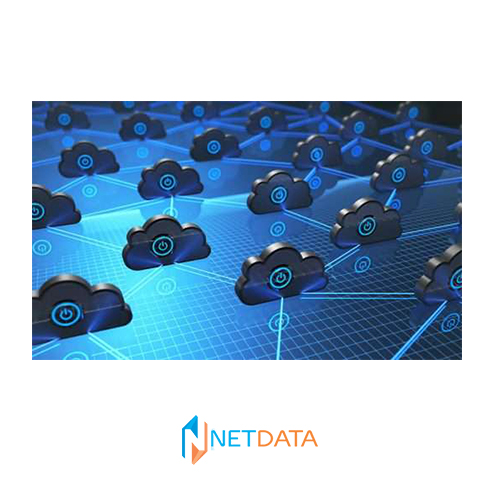
Hybrid cloud
Hybrid cloud is a cloud computing environment that uses a mix of local, private, and third-party public cloud services with orchestration between the two platforms.
DESCRIPTION
What is Hybrid Cloud?
Hybrid cloud is a cloud computing environment that uses a mix of local, private, and third-party public cloud services with orchestration between the two platforms. By allowing workloads to move between public and private clouds as computing needs and costs change, hybrid cloud provides businesses with greater flexibility and more data deployment options.
Hybrid Cloud Architecture
Building a hybrid cloud requires availability:
- Public infrastructure platform as a service (IaaS)
- Private cloud development, either on premises or through a hosted private cloud provider
- And adequate Wide Area Network (WAN) connectivity between the two environments.
Typically, an enterprise will choose a public cloud to access compute virtual machines, storage resources or other services, such as large data analytics clusters or serverless computer capabilities.
However, an enterprise does not have direct control over the public cloud architecture, so, for deployment, it must design its private cloud to achieve the desired compatibility with the cloud or public cloud. This involves implementing appropriate hardware within the data center, including servers, storage, local area networks (LANs) and load balancers.
A company must then use a virtualization layer, or hypervisor, to create and support virtual machines (VMs). Then, IT teams must install a layer of private cloud software, such as OpenStack, on top of the hypervisor to provide cloud capabilities, such as self-service, automation and orchestration, reliability and robustness, and billing and chargeback. Private cloud architects will typically create a menu of local services, such as compute instances or database instances, from which the user can select.
The key to creating a successful hybrid is to select a hypervisor layer and cloud software compatible with the desired public cloud, ensuring proper interoperability with that public cloud service application programming interface (API) and service. Implementations of compatible software and services also allow virtual machines to seamlessly migrate between private and public clouds. Developers can also build powerful applications using a mix of services and resources across public and private platforms.
Benefits and Use Cases
Hybrid cloud computing enables enterprises to use an on-premises private cloud to host sensitive or critical workloads, and to use third-party public cloud providers to host less critical resources, such as test and development workloads.
Hybrids are also invaluable for dynamic or highly capricious workloads. For example, a transactional order entry system that experiences a significant spike in demand around the holiday season is a great candidate for hybrid cloud. Applications can run on private clouds, but use cloud bursting to access additional computing resources from the public cloud when computing demands soar.
Another use case is big data processing. An enterprise, for example, can use hybrid cloud storage to maintain its accumulated business, sales, testing and other data, and then run analytics queries in the public cloud, which can scale Hadoop or other analytics clusters to support demanding distributed computing tasks.
Hybrid cloud also allows companies to use a broader mix of IT services. For example, a business might run critical workloads in a private cloud, but use database or archive services from a public cloud provider.

